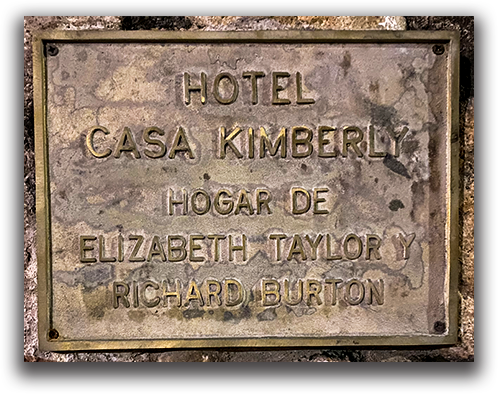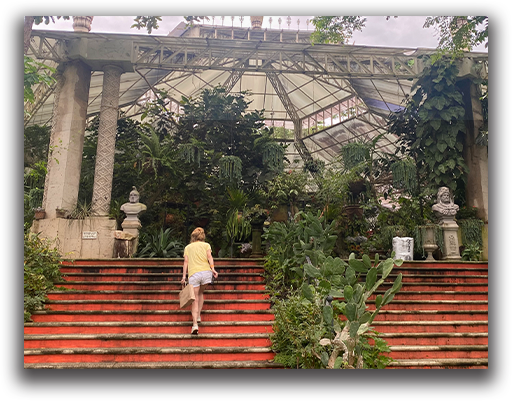07 Jan The Night of the Iguana Mexico Blog

Ahead of the original Broadway opening of The Night of the Iguana in 1961, its author Tennessee Williams published an essay titled “A Summer of Discovery,” which follows his venture and internal escape into Mexico. In it Williams describes the events of his travels and his stay that could provide insight into both the details of the play’s setting and how they came about, such as when the discomfort of lodging in Acapulco’s central plaza drove him to relocate closer to its coastal beachside, which would become the setting of The Night of the Iguana.


Unbeknownst to us, a rapidly building level four hurricane was suddenly headed our way. Without power or running water in much of the area, our group was inspired and energized by the community coming together to help us and one another, even during their own challenges in the storm. Our lasting impression was marked by the warmth of the people we had met along the way.
He writes, “The steaming hot squalor of that place quickly drove me to look for other accommodations, nearer the beaches. And that’s how I discovered the background for my new play, The Night of the Iguana. I found a frame hotel called the Costa Verde on the hill over the still water beach called Caleta and stayed there from late August to late September.”

We originally had set out to follow in
Tennessee’s footsteps, searching for and
venturing to inns, plazas, beaches, and tropical
rivers similar to what he would have drawn inspiration
for the play from. We looked for and saw the story in everything and everyone, including all the iguanas named Pancho. Unintentionally, Mexico brought us
even closer to the plot through its stormy conditions, and closer to the interiority of the characters and their relationships through our own lived experiences.

Mexico’s connection to the work continued when its acclaimed 1964 movie adaptation was filmed in the city of Puerto Vallarta
The presence of the film’s crew and its stars transformed a relatively unknown Mexican coastal town into a popular tourist destination. A once remote location was forever changed. Peering at the
(literal) boatloads of tourists, we reflected
on the power art’s influence can hold. Whether the plethora of tourists visiting the the area knew it or not, they were there
because Tennessee Williams wrote a play.
But it wasn’t just impactful for the area, it was impactful for us. Jean Lichty, Executive Director of La Femme Theatre Productions, who is also playing the character of Hannah in the upcoming production, described its Pacific waters as medicinal and transcendental. But the waters weren’t the only thing that moved us.
